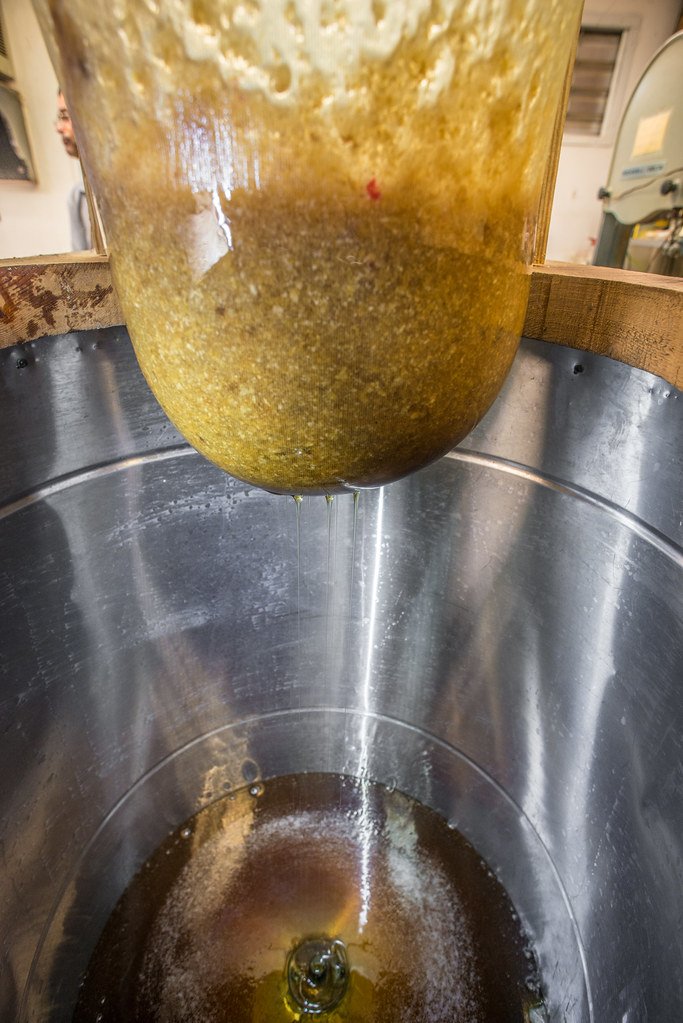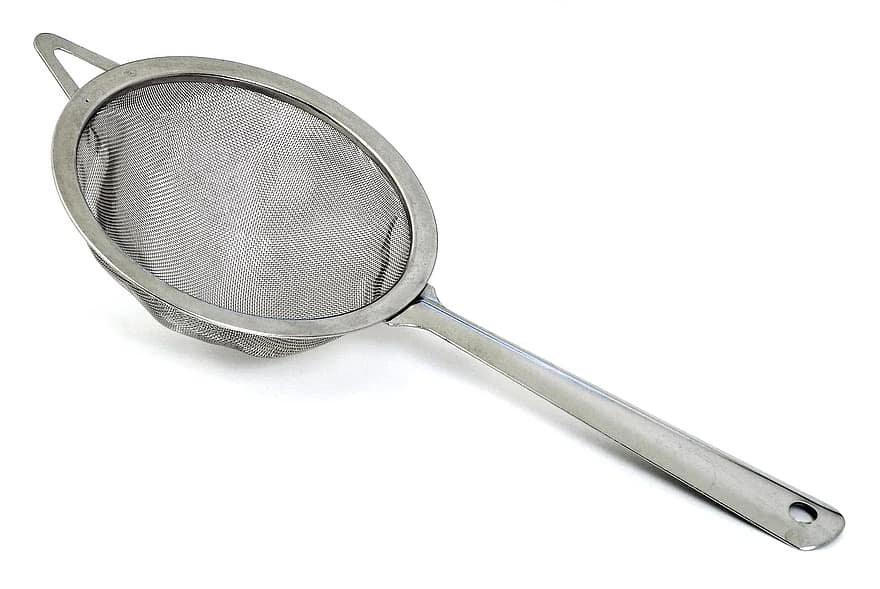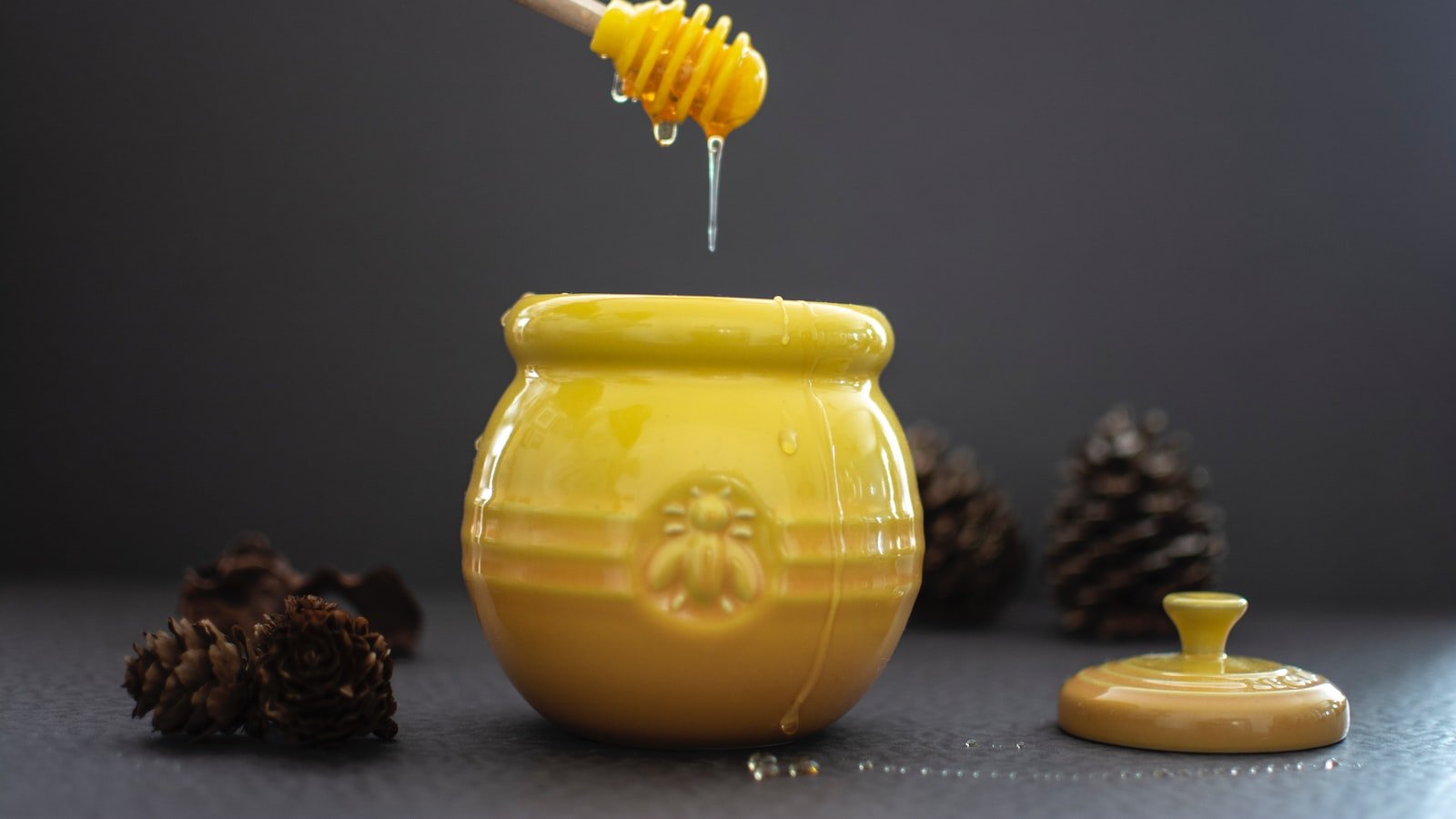Have you ever found yourself wishing for a smooth, velvety texture in your homemade honey? Look no further, for we have the secret to achieving perfection every single time: the honey sieve. This humble yet indispensable tool is a game-changer for all honey enthusiasts, allowing you to easily filter out impurities and gather a pure, delectable nectar that will elevate your culinary creations. Join us as we dive into the world of honey sieving, uncovering the techniques and nuances that will help you filter like a pro. Get ready to unlock the full potential of your honey and embark on a delightful journey that promises to enhance your honey-making experience.
Table of Contents
- The Necessary Equipment for Filtering Honey
- Tips for Choosing the Right Honey Sieve
- Step-by-Step Guide to Filtering Honey with a Sieve
- Additional Techniques for Achieving Crystal Clear Honey
- Pro Tips for Maintenance and Cleaning of Your Honey Sieve
- Q&A
- Key Takeaways

The Necessary Equipment for Filtering Honey
When it comes to filtering honey, having the right equipment is essential to ensure a smooth and delicious end product. Here are some must-have items for the perfect honey filtering process:
- Honey Strainer: This is a fine-mesh sieve that removes impurities such as wax, bee parts, and pollen from the honey. It helps achieve a clear and pristine appearance while maintaining the honey’s natural flavors.
- Filtering Stand: A sturdy stand or rack specifically designed for honey straining is crucial. It provides stability and prevents any accidental spills during the filtering process. Choose a stand that is durable and easy to clean for convenience.
- Mason Jars or Containers: After filtering, storing honey properly is crucial for preserving its quality. Mason jars with tight-fitting lids are perfect for this purpose. Make sure the containers are clean and sterile before transferring the filtered honey to ensure its long-lasting freshness.
Remember, investing in high-quality equipment will not only improve the filtering process but also contribute to the overall quality of your honey. Take care of your equipment, and it will serve you well for many batches of honey filtering to come!

Tips for Choosing the Right Honey Sieve
When it comes to extracting pure, golden goodness from beehives, having the right honey sieve is paramount. With a plethora of options available in the market, it can be overwhelming to find the perfect sieve for your needs. Here are some tips to help you sieve out the best honey sieve:
- Mesh Size: The first thing to consider is the mesh size of the sieve. Different honeys may have varying viscosities, so choose a sieve with a mesh size that suits the consistency you desire. Fine meshes ensure that even the tiniest impurities are removed, while wider meshes help retain a bit more texture.
- Material: The material of the sieve can significantly impact the quality of your honey. Opt for food-grade stainless steel sieves that are rust-resistant and easy to clean. They not only provide durability but also ensure that no unwanted flavors or contaminants leach into your honey.
- Size and Shape: Consider the size and shape of the sieve based on your extraction needs. Larger sieves are ideal for beekeepers with large volumes of honey to process, while smaller ones cater to individual bee enthusiasts. Additionally, conical-shaped sieves facilitate a smooth flow, making your sieving process effortless.
Now armed with these tips, you can confidently choose the perfect honey sieve that will leave you with pure, unadulterated honey fit for royalty!

Step-by-Step Guide to Filtering Honey with a Sieve
Filtering honey is an essential process that helps remove impurities and wax particles, resulting in a smooth and clear final product. Using a sieve is a simple yet effective method to achieve this. Follow this step-by-step guide to filter your honey to perfection.
Gather the necessary tools and equipment:
- A clean, food-grade sieve with medium to fine mesh.
- A large bowl or container to collect the filtered honey.
- Optional: cheesecloth or a double layer of muslin cloth for finer filtration.
Step 1: Prepare your workspace
Choose a well-lit and clean area for the honey filtering process. Make sure all your equipment and tools are properly cleaned and sanitized. Place the sieve securely on top of the collection bowl or container to avoid any unnecessary mess.
Step 2: Pour the honey into the sieve
Slowly pour the honey into the sieve, ensuring not to overflow it. Allow the honey to pass through the mesh, capturing any large impurities such as wax, bee parts, or debris in the sieve. For a finer filtration, you can place a layer of cheesecloth or muslin cloth inside the sieve before pouring the honey.
Step 3: Let gravity do its magic
Allow the honey to flow naturally through the sieve. Don’t rush the process as this will help retain the honey’s natural consistency and flavors. If using a cloth, gently lift and squeeze it to extract the remaining honey trapped within.
Step 4: Collect the filtered honey
Once the honey has passed through the sieve, transfer the filtered liquid into a clean, airtight container for storage. Discard the impurities left in the sieve and wash it thoroughly for future use.
Congratulations! You have successfully filtered your honey using a sieve. Enjoy the smooth and pure taste of your natural honey!
Additional Techniques for Achieving Crystal Clear Honey
Enhancing the clarity of honey involves a combination of tried and true methods as well as some lesser-known techniques. Here are a few additional approaches that can help you achieve that prized crystal clear consistency:
- Double Straining: This technique entails passing your honey through two layers of fine mesh strainers. Start with a larger mesh to remove larger particles and then use a finer mesh to catch any remaining impurities.
- Cold Settling: Allow the honey to rest undisturbed in a cool environment for a longer period of time. This process promotes natural sedimentation, aiding in the separation of any suspended particles.
- Gravity Filtering: Setting up a gravity filter system can be a game-changer. By allowing honey to slowly pass through multiple layers of filter media, such as paper, cloth, or even activated charcoal, you can effectively remove even the tiniest impurities.
- Heat Controlled Extraction: Maintaining a consistent, low temperature during the honey extraction process can help minimize the introduction of air bubbles and prevent the formation of cloudiness. Gentle heat can be applied using water baths or specialized equipment.
- Patience: Good things come to those who wait. Remember that achieving crystal clear honey can take time and multiple attempts. Be patient, keep experimenting with these techniques, and tailor your methods to the unique characteristics of your honey harvest.
With these additional techniques in your arsenal, you’ll be well on your way to delighting in the mesmerizing clarity of your honey, making it not only a culinary delight but also a feast for the eyes.
Pro Tips for Maintenance and Cleaning of Your Honey Sieve
Keeping your honey sieve in pristine condition is essential to ensure the quality and purity of your honey. Here are some pro tips to help you maintain and clean your honey sieve effectively:
- Regular inspection: Before and after each use, inspect your honey sieve for any signs of damage or wear. Check if the mesh is intact and ensure there are no holes or tears that may compromise the filtration process.
- Dismantle for thorough cleaning: To get a meticulous clean, disassemble your honey sieve. Separate the mesh, frame, and handle if possible. This will allow you to reach every nook and cranny, ensuring there is no buildup of impurities or old honey.
- Gentle cleaning solutions: When cleaning your honey sieve, avoid using harsh chemicals or abrasive scrubbers as they may damage the delicate mesh. Instead, opt for a mild detergent or warm soapy water. Use a soft brush or sponge to gently scrub the mesh and frame.
- Drying properly: After cleaning, make sure to thoroughly dry all components of your honey sieve before reassembling or storing. Moisture can lead to mold growth, affecting the quality of your honey and potentially damaging the sieve itself. Allow each part to air dry completely or gently pat dry with a clean cloth.
- Storage considerations: Store your honey sieve in a clean and dry environment when not in use. You can protect the mesh by placing it in a cloth bag or wrapping it in a clean towel. Ensure it is safely stored away from any potential contaminants.
By following these pro tips, you can ensure the longevity and effectiveness of your honey sieve, allowing you to produce the finest honey with ease and confidence.
Q&A
Why should I use a honey sieve?
Using a honey sieve helps remove any impurities or debris from your honey, resulting in a smoother and cleaner final product. It also helps to remove any beeswax or other particles that may have been left behind during the honey extraction process.
What is a honey sieve made of?
A honey sieve is typically made of stainless steel with fine mesh holes that allow honey to flow through while trapping larger particles. Some sieves may also have adjustable legs or handles for easy placement and use.
How do I set up a honey sieve?
To set up your honey sieve, place it over a clean container or jar. Make sure the container is large enough to hold the amount of honey you are filtering. Adjust the sieve’s legs or handles to ensure a stable and secure position.
What is the best way to filter honey through the sieve?
To filter honey through the sieve, gently pour it into the sieve, allowing it to flow through the mesh holes. You may need to use a spoon or spatula to scrape the bottom of the sieve and help the honey pass through if it becomes too thick or sticky.
How can I ensure a thorough filtration of honey?
For a thorough filtration, it’s recommended to pass the honey through the sieve at least twice. This will help ensure that any remaining particles are removed, resulting in a clear and smooth honey.
How do I clean a honey sieve?
After each use, rinse the honey sieve with warm water to remove any honey residue. Use a soft brush or sponge to gently scrub away any stubborn particles. Let it air dry before storing it in a clean and dry place.
Can I use a honey sieve for other purposes?
Although primarily designed for honey filtration, a honey sieve can also be used to filter other viscous liquids such as syrups or homemade fruit purees. It may, however, be necessary to clean the sieve thoroughly between different uses to avoid cross-contamination of flavors.
Key Takeaways
In the sweet world of beekeeping and honey harvesting, mastering the art of filtration is essential for those who aspire to channel their inner honey connoisseur. We’ve taken you on a buzzing journey to unlock the secrets of using a honey sieve like a true pro. Now, armed with newfound knowledge and finesse, it’s time to bid adieu.
As you embark on your honey sieving adventures, remember to approach the process with patience and precision. Each delicate strand of golden goodness deserves a meticulous touch, ensuring that you extract every ounce of untamed sweetness. Don’t rush, for it is in the slow and steady caress of the sieve that you’ll discover the true essence of nature’s liquid gold.
With a honey sieve snugly in your hands, watch as sticky petals of pollen dance elegantly through the fine mesh, separating from the lusciously thick nectar. Witness the transformation as debris, wax, and impurities find themselves left behind, unable to pass through the refined layers of goodness. Your sieve is nothing short of a magician’s wand, transforming raw honey into a silky elixir fit for the most discerning palates.
As you strain the liquid sunshine through your chosen sieve, remember that this age-old technique is a testament to the harmonious relationship between man and nature. It teaches us to value the intricate craftsmanship that goes into each jar of honey, offering a heartfelt connection to the bees, their tireless work, and the fields they diligently pollinate.
So, my aspiring honey aficionados, embrace this newfound wisdom and venture forth into the world of honey sieving with confidence. As you filter your liquid treasure, share the knowledge, enlighten others, and let the golden magic within those jars captivate all those fortunate enough to taste its wonders.
For life is sweeter when we dive deeper into the world of honey, appreciating the delicate subtleties that lie beneath its shimmering surface. And as you savor the fruits of your labor, knowing that you’ve sieved like a true pro, let the comforting thought linger that you hold a glimpse of nature’s harmony in your hands.
Now, go forth and let the delicious symphony of honey’s unmistakable flavors and aromas unfold around you. The world awaits your expertise, and the honeybees happily buzz in approval, knowing their liquid gold is in capable hands. Happy sieving, and may each sip bring you closer to the true sweetness of life!
As an affiliate, my content may feature links to products I personally use and recommend. By taking action, like subscribing or making a purchase, you’ll be supporting my work and fueling my taco cravings at the same time. Win-win, right?
Want to read more? Check out our Affiliate Disclosure page.